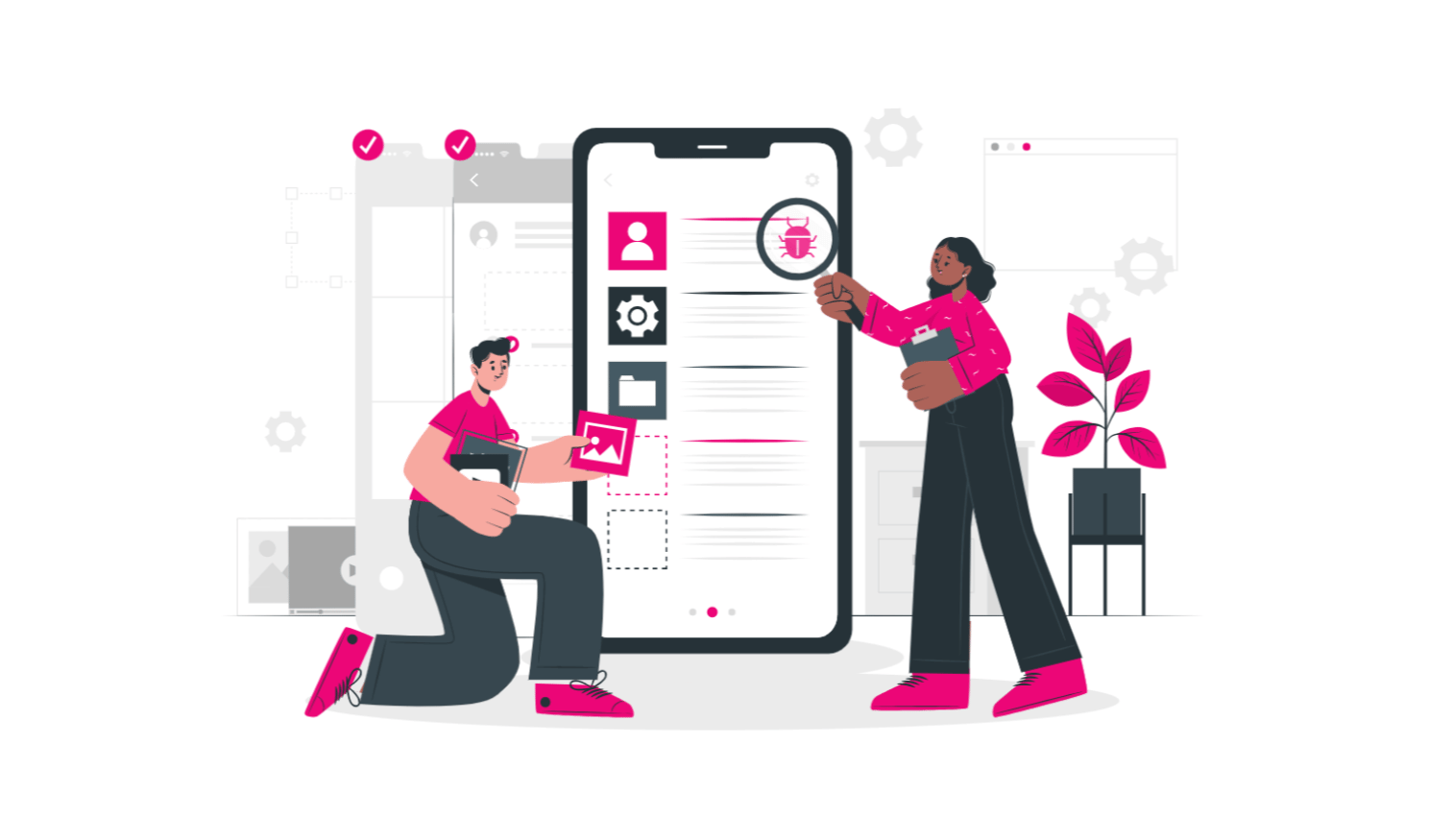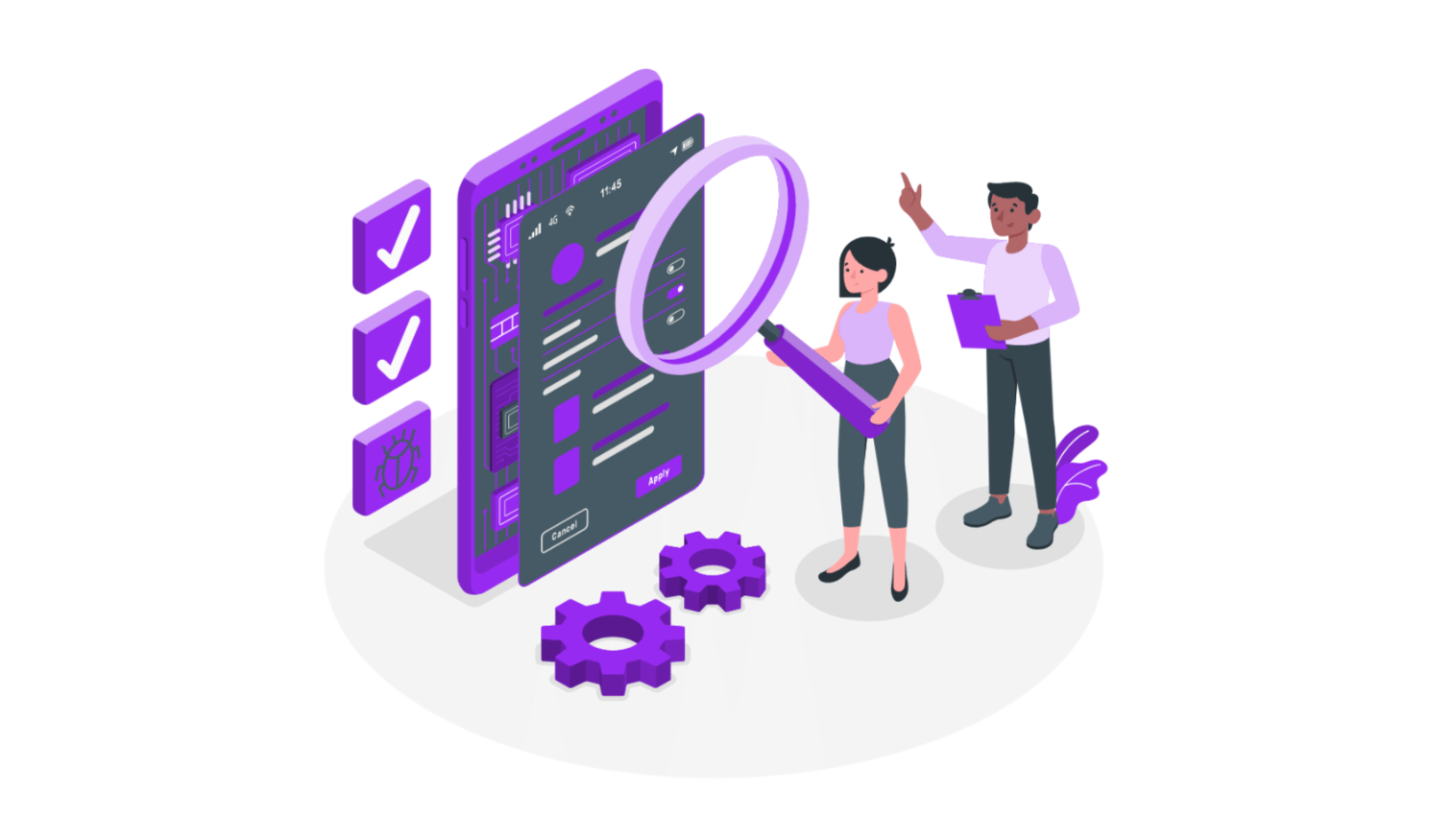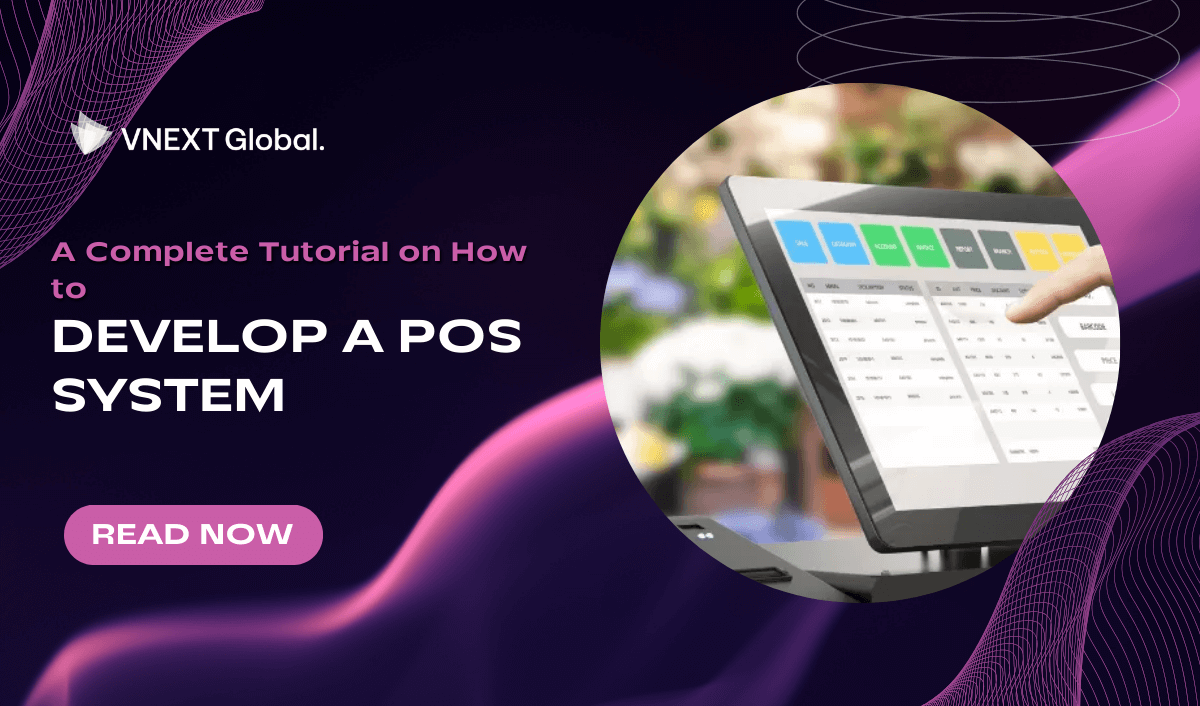Due to the flexible and adaptable nature of Agile Methodology in project management, each project phase should be dynamic and adjusted according to the changing situation.
In an Agile project, pre-made plans are not encouraged as plans are changed based on situations. Therefore, it is impossible to know beforehand how the product will develop and what is needed to work with it. This necessitates a testing technique that matches this constantly changing nature.
Exploratory testing is a good fit for an Agile project as it does not have any planned test cases like other techniques. Conversely, it will be tested right away if there are any risk-prone areas, without any formal test cases.
In this article, we will give brief information about Exploratory testing in an Agile project.
1. What is Exploratory testing?
Exploratory testing requires research, learning, and discovery. As it sounds, it involves testers examining the application to find probable edge cases. It's critical that Agile testers understand the various personas that the app's users are likely to fit. For that reason, they will be able to carry out the exploratory testing more successfully.
Exploratory testing is the process of simultaneously designing and carrying out tests. It doesn't limit the tester to following a predetermined set of instructions, unlike scripted testing. This is a strategy to avoid limiting the tester rather than a lack of preparedness.

2. Why Does Exploratory Testing Fits Agile Development?
A. Real-time modification
Changing characteristics is one of the primary benefits of exploratory development in Agile.
In an agile environment, it is essential to have a constantly changing testing technique, which contributes to the successful execution of agile projects.
Exploratory Testing is mandatory in the process as it can achieve all of these goals. It helps QA experts to continuously obtain input and optimize the testing process by establishing a robust development strategy. This assists development teams in meeting agile deadlines and maintaining confidence throughout the software development life cycle.
In addition, it becomes simpler for testers to examine every part of the data and make decisions accordingly before offering feedback and suggestion to application development teams.
B. Continuous change, continuous growth
Continuous Development, Continuous Deployment, and Continuous Improvement are the keys to success in this industry. Agile's purpose is to enable all of this inside the software's lifecycle. Exploratory Testing's architecture and structure make this possible through concurrent learning, test creation, and test execution. This allows teams to continue testing, gathering feedback, and applying changes in a consistent manner.
C. Simple optimization
Agile testing does not have to add to the complexity of software development, which is already a challenging endeavor. In truth, optimizing exploratory efforts can be rather simple if done right. Sanjay Zalavadia, a contributor to Quick Software Testing, remarked that particular duties can be allocated to each team member, placing the onus on each person to perform to expectations. If leaders like to be more involved, they could participate in exploratory testing to enhance their engagement with coworkers and obtain real-time progress updates. Regardless of the path you choose, it should be one that makes sense for your team and is easy to implement given the available resources.
Zalavadia wrote: "Quality assurance authorities should choose the approach that best suits their management style and work schedules." By effectively integrating exploratory testing, evaluation teams may give agile development teams real-time information.

3. How does exploratory testing work in Agile development?
A. Categorise the Bugs
- Classify the most often encountered vulnerabilities in related software. Utilize Bug Severity and Bug Priority to classify bugs.
- Determine and document the root cause of these bugs.
- Create test scenarios to detect these defects.
B. Develop a Test Plan
Included in the Test Charter should be:
- What features should be tested?
- How should it be examined? Create an exhaustive Test Plan.
- What insects should be looked for? Including Visual Bugs and Functional Bugs, etc.
- What Agile Testing Metrics should be considered during testing?
C. Time Frame
The Time Box is intended to allow testers to test and respond to system answers. It entails the aforementioned procedures in a particular slot.
- A defined amount of time is spent by testers conducting the outlined tests (usually 90 minutes).
- This period should be uninterrupted.
- The timeframe can be extended or lowered if necessary (depending on test progression).
D. Examine Results
- Effective defect management will catalog the detected bugs.
- Assess the defects.
- Document the findings in a bug report.
E. Debriefing
- Compile the result outputs.
- Contrast actual outcomes with those anticipated in the test charter.
- Determine if additional testing is necessary using a test summary report.

Final thoughts
If you are looking for a trusted IT partner, VNEXT Global is the ideal choice. With 14+ years of experience, we surely can help you to optimize your business digitalization within a small budget and short time. Currently, we have 400+ IT consultants and developers in Mobile App, Web App, System Development, Blockchain Development and Testing Services. We have provided solutions to 600+ projects in several industries for clients worldwide. We are willing to become a companion on your way to success. Please tell us when is convenient for you to have an online meeting to discuss this further. Have a nice day!












